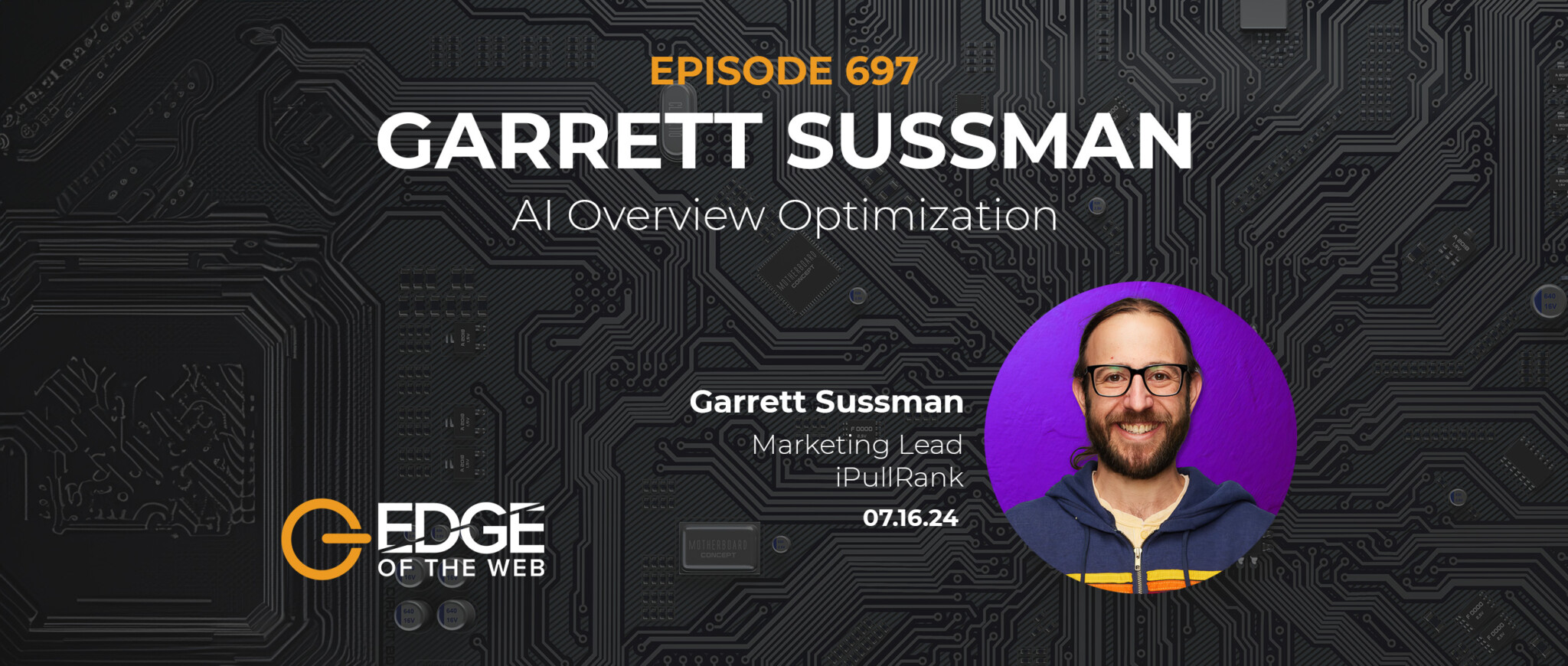The Turing test is a test of a machine’s ability to exhibit intelligent behavior equivalent to, or indistinguishable from, that of a human. In the original illustrative example, a human judge engages in natural language conversations with a human and a machine designed to generate performance indistinguishable from that of a human being. The conversation is limited to a text-only channel such as a computer keyboard and screen so that the result is not dependent on the machine’s ability to render words into audio. All participants are separated from one another. If the judge cannot reliably tell the machine from the human, the machine is said to have passed the test. The test does not check the ability to give the correct answer to questions; it checks how closely each answer resembles the answer a human would give. The test was introduced by Alan Turing in his 1950 paper “Computing Machinery and Intelligence,” which opens with the words: “I propose to consider the question, ‘Can machines think?'” Because “thinking” is difficult to define, Turing chooses to “replace the question by another, which is closely related to it and is expressed in relatively unambiguous words.” Turing’s new question is: “Are there imaginable digital computers which would do well in the imitation game?” This question, Turing believed, is one that can actually be answered. In the remainder of the paper, he argued against all the major objections to the proposition that “machines can think”. In the years since 1950, the test has proven to be both highly influential and widely criticised, and it is an essential concept in the philosophy of artificial intelligence. His test has come to be referred to with Turing’s name.

EDGE of the Web is a weekly, hour-long SEO and Digital Marketing podcast hosted by Erin Sparks from Site Strategics.
Call Us Today! 1-877-SEO-4-WEB|info@edgeofthewebradio.com







